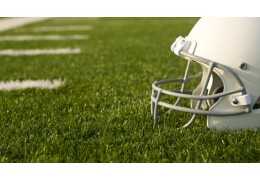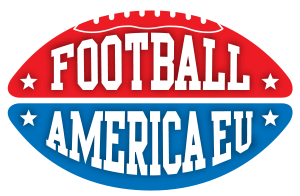When it comes to player safety and performance in the NFL, the helmet is one of the most important pieces of...
Search in blog
Blog categories
Latest posts
Super Bowl LIX Predictions: Who Will Take Home the Lombardi Trophy? 08/01/2025
Posted in: Football Equipment
110 views
It’s the most wonderful time of the year—not Christmas, but the NFL Playoffs! As the new year begins, 14 teams are...
Read more Exploring the Wilson Omega: The Future of Football Technology 03/01/2025
Posted in: Football Equipment
206 views
The Evolution of Football Equipment: Introducing the Wilson Omega Football has witnessed tremendous growth over the...
Read morePopular posts
What Facemask Do I Need? A Closer Look at American Football Facemasks 18/11/2024 Read more
Posted in: Football Equipment
216 views
In American football, safety always comes first. While much attention is given to the helmet, it’s the facemask that...
Exploring the Wilson Omega: The Future of Football Technology 03/01/2025 Read more
Posted in: Football Equipment
206 views
The Evolution of Football Equipment: Introducing the Wilson Omega Football has witnessed tremendous growth over the...
Previewing the 2024 NFL Season: Anticipation, New Faces, and Bold Predictions 02/09/2024 Read more
Posted in: Football Equipment
170 views
The 2024 NFL season is upon us, and anticipation is at an all-time high as teams, players, and fans prepare for...
Xenith Velocity 2 Review: Uncovering the Best Kept Secret on the Market 07/10/2024 Read more
Posted in: Football Equipment
132 views
When it comes to football equipment, shoulder pads are essential for ensuring both player safety and performance....

The Most Popular Helmets Among 2024 Pro Bowlers 05/02/2025
Posted in: Football Equipment
131 views
When it comes to player safety and performance in the NFL, the helmet is one of the most important pieces of...
Read more





